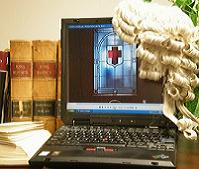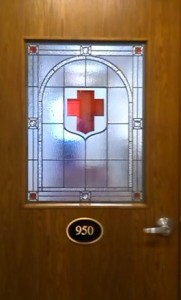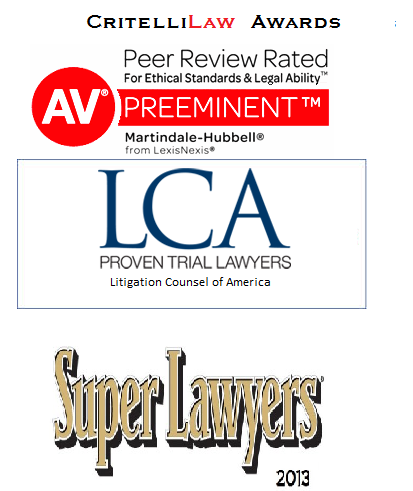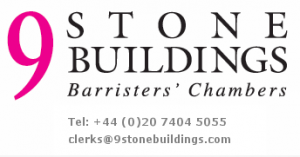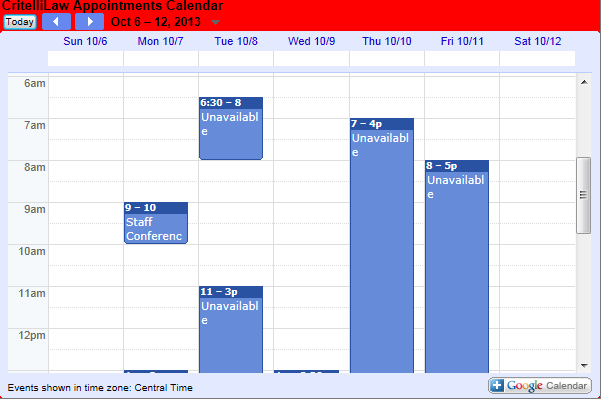Does “mock trial” prepare you for real trial?
Jan 22nd, 2010 | By critellilaw | Category: AlertI’m Collin Davison, Clerk/Pupil at CritelliLaw and law student at Drake University. I’ve been asked to provide my thoughts as a law student, law clerk and lawyer-wannabe (or soon-to-be-lawyer) for the website and since I’d like to keep my job, I thought I’d better do it. So, over the next few months, I will seek to provide insight as to my expectations (whether correct or incorrect) of the life of a lawyer and that of a law student…
The first few posts will likely compare and contrast mock trial with actual litigation. Being a former Mock Trial participant at Garner-Hayfield and now an assistant coach at my alma mater, I know the trial process from that perspective. Throughout my experience at CritelliLaw, I’ve spent hours researching, preparing documents for pre-trial advocacy and settlement. We are now preparing for trial. Thus, I thought it appropriate to provide a little insight about the differences between mock trial and true litigation, as well as whether my expectations were far from reality.
I always tell my mock trial students to think of trial as a puzzle. Each piece of evidence is a puzzle piece. Throughout the trial, the legal teams through their witnesses and documents, will introduce these puzzle pieces for the court’s reference. Then, during closing arguments, the legal team will take all of the puzzle pieces and try to put the puzzle together in a meaningful and easy to understand portrait for the fact-finder to render a verdict or judgment.
Actual litigation is much different. Mock trial provides students with the 100 pieces and allows them to put the puzzle together from there. Contrarily, in actual litigation, the legal team must first find the 100 pieces they want to use. Imagine trying to put together a 100 piece puzzle from a box that has 1000’s of pieces. Before offering any of the pieces to the court for reference in rendering a judgment, the legal team must have an idea as to what the puzzle will look like after each piece is in place. Working backwards from there, the legal team will first decide which 100 pieces from the box of 1000 it will use. Not only must the pieces have the right color or picture on them, but they must also have the right edges so as to connect perfectly. We are currently at the stage where the pieces are sorted through and we’ve identified which we plan to use.
The second step is trying to decide how to best put those pieces together – that’s what I’m working on now. This process is no short feat. Rather, it includes hours and hours in meetings, sitting at computer with spreadsheets, databases and flow charts.
As the process continues, I will continue to keep you posted. Please check back. Also, if you have any specific questions, leave me a comment!
